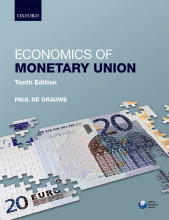Taxes on labour supply
9 important questions on Taxes on labour supply
Taxes have two effects, name them
income effect: the fall in income leads one to buy less of all normal goods, including leasure
What are two limitations of the labour supply theory?
2 overtime pay rules: workers in most jobs must legally be paid 1.5 times their regular hourly pay if they work more than 40 hours per week
What is the general conclusion on primary and secondary earners labour supply elasticity?
- Higher grades + faster learning
- Never study anything twice
- 100% sure, 100% understanding
Name quasi experimental evidence of the elasticity of labor supply
Secondary earners elasticity: 0.8
Why is hours worked a narrow measure of labor supply response?
1. effort on the job
2. occupation or career choice
3. human capital investment
What is Earned Income Tax Credit (EITC) and what are its two goals?
1. redistribution of resources to lower-income groups
2. increases in the amount of labor supplied by these groups
What are 3 effects of the EITC?
2. Hours of work: No effect, conditional on working
3. Married Couples: Married mens labor supply appears not to respond to EITC
--> supports redistribution without reducing labor supply, hence goals reached
Define tax wedges and a solution for it
Solution: tax home work by imputing earnings, make child care tax-deductible
What are the three options to solve the not taxed child care?
2. taxing home work makes the most economic sense, but is an administrative nightmare
3. subsidies to market work reduces the overall efficiency of the tax system
The question on the page originate from the summary of the following study material:
- A unique study and practice tool
- Never study anything twice again
- Get the grades you hope for
- 100% sure, 100% understanding
































